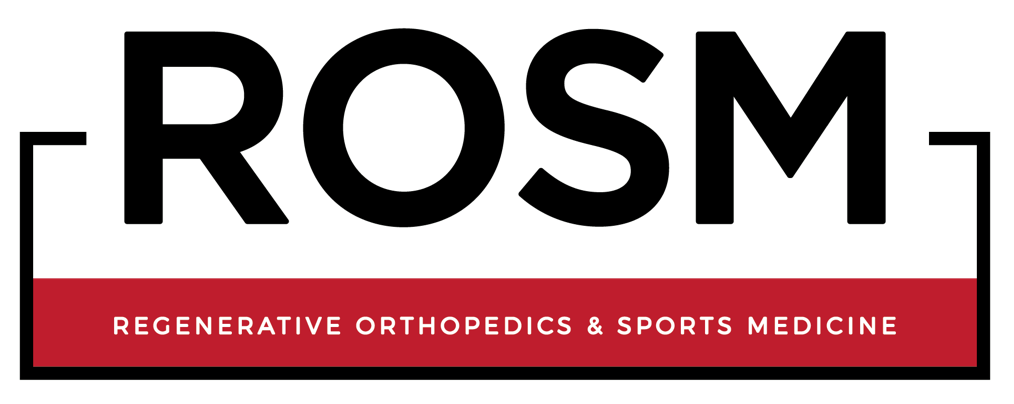Article written by Dr. John L Ferrell III M.D
Stem cell therapy has garnered much attention as a potential treatment for arthritis, particularly for individuals seeking alternatives to surgery or long-term medication. While there is tremendous excitement surrounding this field, it’s important to know what types of stem cell treatments are legally allowed in the U.S. and what treatments are not.
Strict regulations ensure patient safety and the efficacy of approved therapies. Let’s explore the options that are legal, those that aren’t, and why some patients are choosing to go overseas for treatment.
What Is Currently Legal in the U.S.?
In the United States, several biologic therapies, which are often categorized as regenerative medicine treatments, are legally permitted to treat arthritis. These treatments aim to stimulate the body’s natural healing process, offering relief from arthritis symptoms without the need for invasive surgeries. The most common legal treatments include:
- Platelet-Rich Plasma (PRP) Therapy
PRP involves concentrating a patient’s platelets, which are rich in growth factors that promote healing and tissue repair. While PRP does not contain stem cells, it plays an important role in aiding the body’s natural repair processes. Studies have shown that PRP can reduce pain and improve function in individuals with arthritis by stimulating the body’s natural healing abilities. - Bone Marrow Aspirate Concentrate (BMAC)
BMAC is harvested from a patient’s bone marrow and contains a mixture of cells, including mesenchymal stem cells (MSCs). MSCs have the potential to reduce inflammation and encourage tissue regeneration in damaged joints. This therapy is increasingly being used to treat osteoarthritis, with promising results in terms of symptom relief and joint preservation. - Microfragmented Adipose Tissue (MFAT) Transfer
This procedure involves taking fat tissue from a patient, processing it to isolate mesenchymal stem cells, and injecting the cells back into the affected joint. These stem cells are thought to have regenerative properties that are particularly useful in treating conditions like osteoarthritis.
What Is Not Legal in the U.S.?
Certain stem cell treatments, while gaining popularity in other parts of the world, are not permitted in the U.S. due to concerns about safety, manipulation of cells, and insufficient research. These include:
- Cultured or Expanded Stem Cells
Culturing or expanding stem cells outside the body involves manipulating the cells to grow larger quantities, but this process raises concerns about the consistency and safety of the cells after they are reintroduced into the body. Currently, the U.S. FDA does not approve the use of expanded stem cells for arthritis treatments.
- Stromal Vascular Fraction (SVF)
SVF, which is derived from fat tissue and contains a high concentration of stem cells, also requires more than minimal manipulation, making it illegal under FDA guidelines. As a result, it cannot be used legally in the U.S. for treating arthritis.
- Umbilical Cord Stem Cells and Allogenic Stem Cells
Umbilical cord stem cells, sourced from birth tissues like the umbilical cord or placenta, are not approved for use in arthritis treatments in the U.S. because they are allogenic, meaning they come from a donor. Allogenic stem cells raise concerns about immune reactions and have not received FDA approval due to insufficient evidence regarding their safety and efficacy.
Why Are Patients Traveling Overseas?
Despite these legal restrictions in the U.S., many patients are attracted to clinics overseas that offer unapproved stem cell therapies. There are several reasons patients might consider traveling for these treatments:
- Lack of Regulation
Clinics in countries without stringent regulations may offer treatments that are not allowed in the U.S. While these treatments might seem cutting-edge, the lack of oversight means patients could be exposed to unproven and potentially unsafe procedures.
- Insufficient Data
Although some overseas clinics market these therapies as innovative solutions for arthritis, there is no conclusive data showing that they are more effective than the legal alternatives, such as PRP, BMC, or MFAT. Without rigorous research backing these treatments, patients may be taking on unnecessary risks.
- Higher Risk
In unregulated environments, patients face an increased risk of infection, immune system rejection, or other adverse reactions due to improper handling or application of stem cells. Clinics abroad may lack the rigorous safety standards upheld in the U.S., potentially compromising patient safety.
The Bottom Line: Consider the Risks
Although it may be tempting to explore stem cell therapies that are not yet approved in the U.S., it’s essential to weigh the risks involved. PRP, BMAC, and MFAT are promising treatments that are legal, regulated, and have shown positive outcomes in the management of arthritis symptoms.
Until more research is conducted to support the safety and effectiveness of expanded or donor-derived stem cells, it’s important to prioritize proven therapies that offer a track record of safety and efficacy.
Patients should consult with a qualified physician to understand their options and make informed decisions about their care. At ROSM we specialize in regenerative therapies and are happy to provide additional information to anyone looking to learn more. If you are curious to learn more about stem use, send us an email through our contact page.



